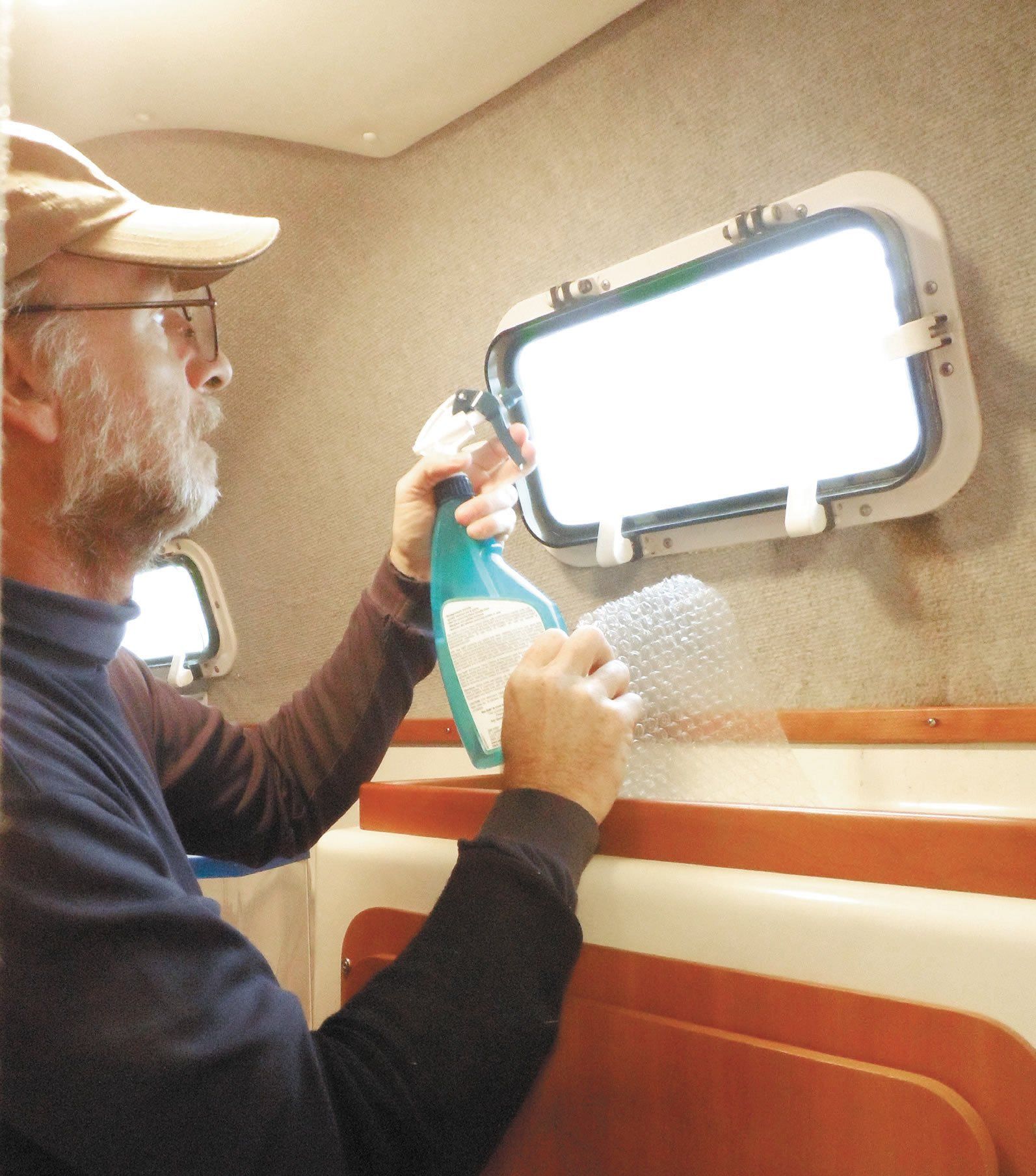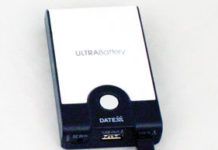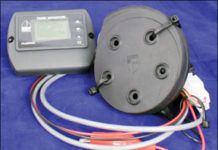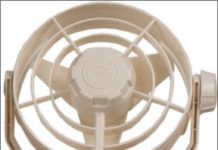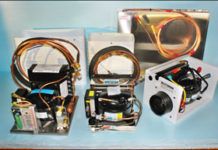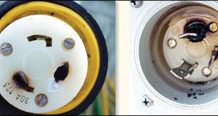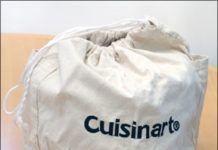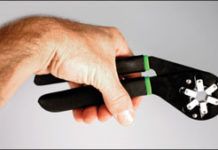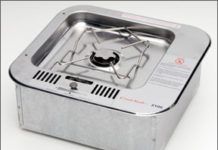Stocking Stuffers For Sailors
Its hard to believe, but the 2009 holiday season is upon us. As is custom, Practical Sailor editors have put together a varied roundup of gifts to stuff those stockings more likely to hang from a bulkhead than the mantle. For the racing or small-boat sailor whos making the leap from wire rope to high-tech fiber, Colligo Marines Softies offer a lightweight alternative to traditional steel shackles and headsail hanks. Made of extra strong and chafe-resistant Dyneema, the "soft" hardware is the perfect solution for use with synthetic forestays, and unlike metal hanks, theyll never leave rust stains on sails. Using the Softies is as easy as pulling the shake-resistant knot through the expandable spliced loop, then sliding the slip ring (rubber O-rings) up to the knot. A lanyard ensures easy opening, but the self-tightening O-rings offer added security against accidental opening or shaking loose.
Practical Sailors Gear of the Year 2009
Practical Sailor editors pored over the dozens of products reviewed in the previous months to find the best of the best sailing gear, products that are worthy of the designation Gear of the Year. This years editors choice list includes a rugged rope clutch (Spinlock), a grippy ratchet block (Ronstan), feature-filled VHF handheld radios (Standard Horizon and Cobra), high-quality nesting cookware (Magma), a proven paste wax (Collinite), an ocean-ready first-aid kit (Adventure Medical Kits), a reliable LED bulb for cabin lighting (Imtra), an economical ice box conversion kit (Frigoboat), an innovative ultrasonic tank sensor (BEP Marine), cold-weather gloves (Gill), and an easy-to-install Wi-Fi booster (5mileWiFi).
Cabin Fan Test Returns
In April 2008, Practical Sailor evaluated 11 cabin fans from seven manufacturers. Since that test, Caframo has gone back to the drawing board and redesigned its 748 Bora. The company also introduced a new weatherproof version of its Kona. Testers were pleased to see that the new fans clearly addressed complaints raised in our last test: The Bora radically changed its blade design to pump more air, and the Konas corrosion-prone metal grill was replaced with a plastic grill that will hold up better in salt air. Based on the new data, the Bora has climbed up into the recommended rankings. Stay tuned for this years Fan Death Match.
Conversion Kits that Turn Your Boat’s Ice Box Into a Galley Refrigerator
Practical Sailor tested three kits that convert onboard ice boxes into full-fledged refrigeration systems. The three reefer conversion kits in the review-the Waeco-Adler Barbour Cold Machine (CU 100) from Dometic Corp., the Frigoboat Capri 35F by Veco SPA, and the Sea Frost BD-represent a cross-section of whats available on todays refrigeration conversion kit market. Testers looked closely at energy efficiency and the 12-volt units abilities to cool a small ice box with the least amount of amp hours possible. Testers looked at quality, details, reliability, and cooling capacity.
Riffin on Foods that Need No Fridge
You might be surprised how well you can eat fresh without a fridge, even in the tropics. Onions and potatoes will keep for weeks (but not together, please). Lemons, limes, and oranges-especially those with thick skins-will survive for weeks. Fresh green tomatoes shrug off lumpy seas and still ripen nicely. Bananas don't like cold to begin with. Hang a green bunch from the backstay, and theyre happy. Be ready, though. They ripen fast . . . banana bread for breakfast! Rice and beans offer simple sustenance. Wrap them in a homemade tortilla, add a little hot sauce, and its Mexican Night. Wax balls of cheese, Parmesan wheels, and long sausage links turn the galley into a deli. Breadfruit is a born voyager, but taste best cooked over an open fire. (Baking is the safer choice while underway.) Coconuts last ages, but husk them ashore, where a long stake and machete can be wielded without harm. Big purple mangoes are hardier than the yellow varieties. Pick them when they bear a tinge of purple. Theres a secret to ripening a green papaya. (Tell me if you know what it is!) Or you can and shave a green one into a fiery Thai curry.
Shore-Power Boat Fire Protection
With the increased demand to have all the electrically powered comforts of home onboard, it should come as no surprise to boaters that the majority of AC-related electrical fires involve overheated shore-power plugs and receptacles. Prime Technology, aims to change all that with the introduction of its Shore Power Inlet Protector (ShIP for short), a monitoring and alarm device that automatically disconnects AC shore power when excessive heat is detected at the power inlet connector. We reviewed the ShIP 110 designed for use with a 110-volt, 30-amp system. The company also offers a similar unit (the ShIP 220) for use with 220-volt, 50-amp service. Charred plugs and receptacles are the result of resistance build-up (due to loose or corroded connections), which generates heat and the potential for fire, a problem especially prevalent among vessels that continually run high energy loads such as water heaters and air-conditioning units. In addition to monitoring the temperature of your vessels shore-power inlet plug and its wiring, the ShIP system automatically disconnects AC shore power when an unsafe temperature is detected, providing visual and audible alarms. (The audible alarm shuts down after five minutes to avoid prolonged disturbance to surrounding boats.)
Galley Solutions: Nesting Cookware Sets Under $250
A good set of nesting cookware means galley chefs can have all the tools they need for gourmet cooking, without sacrificing storage space. For this comparison of nesting cookware with removable handles, Practical Sailor took a look at cookware sets designed for galley use Cuisinart, Galleyware, and Magma Products, and one nesting set designed for trail cooking by camping-gear maker GSI Outdoors. Evaluation ratings were based on what the set includes, construction materials, handle construction, function, ergonomics, storage space required, whether the pans rattle underway, performance, ease of cleaning, price, and warranty.
Marine Refrigeration: Traditional Thermostats vs. Digital Thermostats
Modern galley refrigeration moved far beyond simple holding-plate refrigeration systems, and now competes with the more easily installed evaporative refrigeration systems. One key to efficiency in any refrigeration system is an accurate thermostat. Practical Sailor compares a more expensive digital thermostat to a traditional, less expensive mechanical capillary thermostat. Refrigerator and freezer tests pitted the Grunert Marine Air Systems mechanical capillary refrigeration thermostats against the Scad Technologies SensiStat digital thermostat. Mechanical thermostats are valued for their simplicity and reliability, but a digital thermostat may outperform mechanical thermostats when it comes to maximizing marine refrigeration performance.
Next Best Thing
While world leaders and presumed financial wizards set to work trying to right the global economy with some very expensive bailers and sponges, Practical Sailor has taken the time this month to dig through our recent collection of Chandlery submissions to see if we can find anything more useful. Given sailors capacities for innovation (aka "jury rigging"), were holding out hope that the next great invention-the ultimate stimulus package-lies somewhere in our growing stockpile of Chandlery items.
New One-Burner Alcohol Stoves Meet Their Market
Cookmates two new small alcohol stoves are a good fit for daysailers and boats with limited galley space. Unlike propane stoves, these non-pressurized alcohol systems require no valves, hoses, fuel tanks, or fuel lockers. The alcohol is easily poured into a stainless steel drum. Opening the burner allows for easy lighting of the stove. Methane, ethanol, and denatured alcohol can be used as a fuel source. The Cookmate 2100 drop-in model is made of stainless steel and puts out 7000 BTUs. It is well made and easy to use, but because it cannot be gimbaled, its use may be limited in rough seas. The CookMate 1600, designed as a portable countertop model, is also small and well made, and it can be gimbaled. It is made of stainless steel and puts out 7000 BTUs. Both Cookmate alcohol stoves beat the Origo alcohol stoves Practical Sailor tested in July 2006, and they gave the Force 10 Seacook seaswing style propane stove and Kenyon Appliances Kenyon Express II butane stove a run for their money.


































